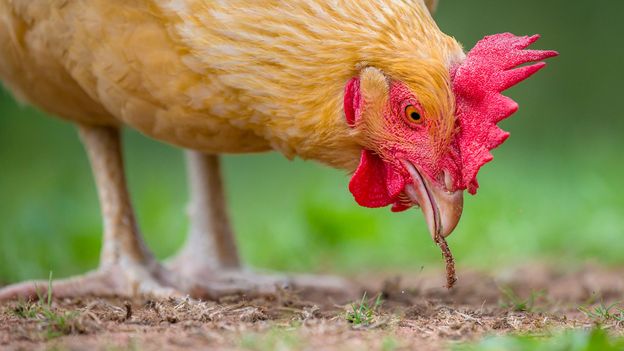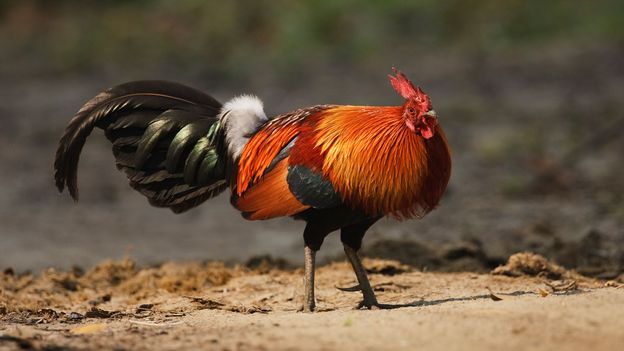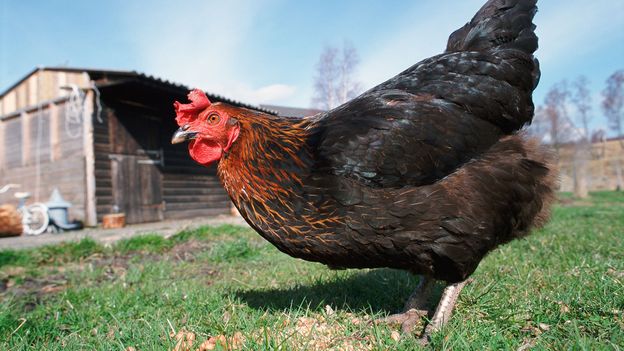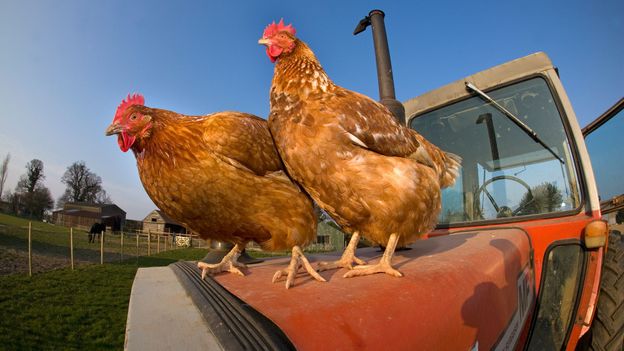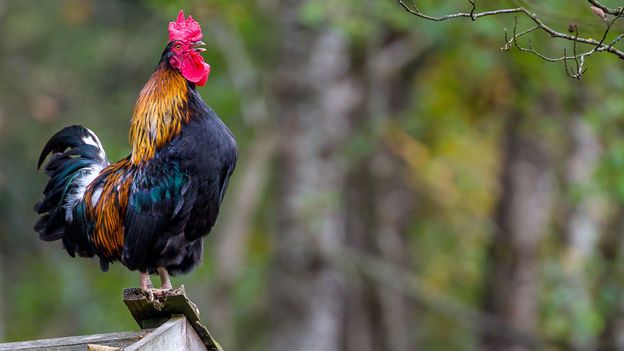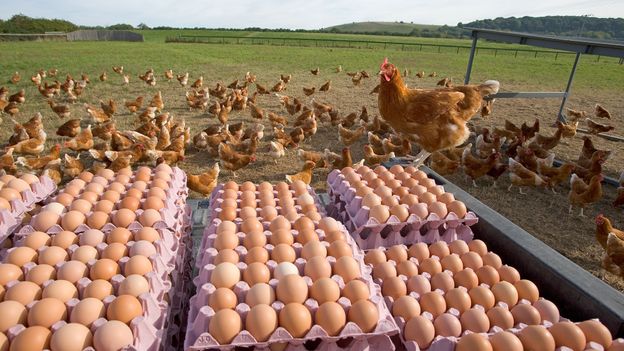The Minister of Medi Ambient, Miquel Mir, and the CEO of Residus, Sebastià Sansó, visited the new Begudes Puig bottling plant, financed with ‘eco-tax’ funds and which will allow 2 million single-use containers per year.
Below is a translation from the Diario Menorca, published yesterday and I think that it is a great step forward.
The bulk of the provisions contained in the 2019 Waste Law, which puts a limit to single-use plastics, will enter into force on March 20, Saturday of next week. This will mean the progressive disappearance of a large part of widely used products, such as plastic plates and straws or razors.
The law provides that these prohibitions should have entered into force on January 1, 2021, but the declaration of the first state of alarm and the temporary suspension of the administrative deadlines led the Government to delay the application. "It involves a change of an important draft that begins on Saturday 20", said the general director of Residus, Sebastià Sansó.
In the hotel and restaurant industry, the use of single-use utensils, regardless of the material, for the consumption of food and beverages (plates, cutlery, glasses, straws, etc.) is prohibited, except for napkins and cellulose tablecloths.
Food products in single-dose format such as sugar or infusion sachets (whether made of plastic or paper) may not be used inside the establishments. However, this part of the law is temporarily suspended while the state of alarm lasts for health reasons. If the food is to go, single-use products may be used, but they must be made of compostable materials. Also, ear cleaning buds and lolly sticks should be made from compostable materials.
Regarding trade and distribution, it is allowed to sell single-use products (plates, straws ...) if they are made of compostable material. The capsules for coffee or infusions should also be compostable or "easily recyclable".
Wet wipes may not be discharged into the sewer and the package must specify how they are to be handled. Only reusable or refillable printer toners and cartridges may be sold. The lighters, only those that guarantee more than 3,000 ignitions. Single use razors are prohibited.
Informative guides
These are just a part of the limitations that will begin to apply on March 20. The Ministry of the Environment has published three guides –they can be consulted on the website residus.caib.es– that explains in bullet points how the main affected sectors should be acting from that date (restaurants, cafes and hotels; merchants, importers and distributors; and municipalities and public facilities). A fourth specific guide for citizens in general will be published shortly.
On March 20 the changes will begin to be introduced. Initially, the inspectors - who are receiving training for this purpose - "will not fine indiscriminately" but will focus on informing about the new regulations.
Sansó: "There is still some reluctance"
The general director of Residus, Sebastià Sansó, explains that a good part of the affected sectors have collaborated so that the deployment of the anti-waste regulations is successful, as evidenced by the numerous clarifying queries in this regard that the Ministry has received lately.
However, there is still "a minority bloc that still questions the law and that is more reticent every day." However, the general director recalls that the law was "widely participated" at the time and that a good part of the suggestions and allegations made by those affected were collected. "The laws are to be fulfilled," Sansó observes.
THE KEY POINTS:
Free water in bars and hotels
The law recognizes the right of bar and restaurant customers to ask for a free glass of water (in those municipalities where the water is drinkable) as a complement to the service, in the same way that they can use the lavatory. The catering establishments will be obliged to offer this service.
Less plastic bags
Only reusable plastic bags (which must be made with 50 percent reusable plastic) and "very light" ones, which can only be distributed if they are made of compostable materials, will be allowed in shops. The "light plastic bags", which were the most common, will be completely prohibited.
Recyclable coffee capsules
Single-use coffee capsules or infusions will have to be made of compostable or easily recyclable materials. In addition, its importers and distributors must organize an individual or collective system that certifies to the Government their correct recycling and compliance with the objectives established in the regulations."
TO RECAP:
Single use items such as plates, cups, straws and cutlery in any form are not allowed to be used in the hotel, bar and restaurant sector, however if the food is for take away then these items can be used but only if they are compostable.
Single use items mentioned above may be used in trade and distribution but can only be made from compostable material.
Ear cleaning buds must be made from compostable material.
Lolly sticks must be made from compostable material.
Coffee capsules must be made from compostable or easily recyclable material. (with a collection system in place to collect used ones provided by both the manufacturer and distributor).
Free water in bars and hotels (in those municipalities where the water is drinkable).
Only reusable (which must be made with 50 percent reusable plastic) plastic bags may be used or those made from compostable material.
Wet wipes may not be discharged into the sewer system and the packaging must specify how they are to be disposed of correctly.
Only reusable or refillable printer
toners and cartridges may be sold. (let´s see what Amazon does!)
The lighters, only those that guarantee more than 3,000 ignitions.
Single use razors are prohibited (say goodbye to Bic Razors!)
Great move forward the Balearic Islands!
The blog song for today is:" Lazing on a Sunday afternoon" by Queen
TTFN

 I have just received an email from PETA with some great news about animal testing. Here is the update from them.
I have just received an email from PETA with some great news about animal testing. Here is the update from them.


